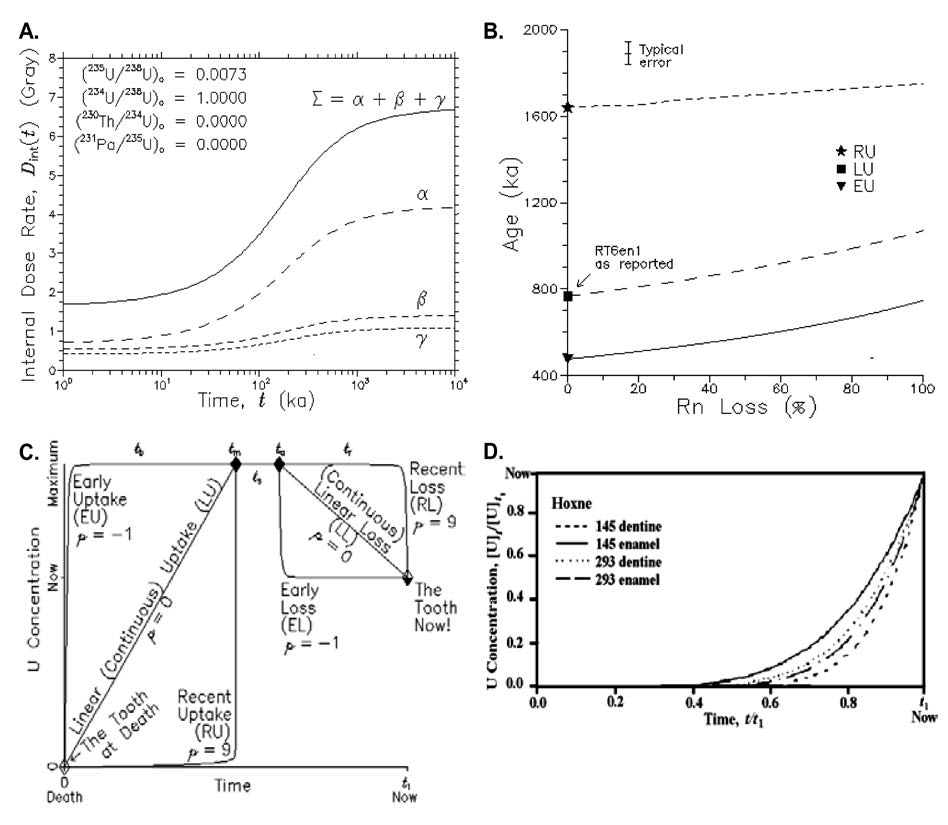Electron Spin Resonance (ESR) Dating in Karst Environments
DOI:
https://doi.org/10.3986/ac.v35i2-3.236Abstract
Electron spin resonance (ESR) dating has been developed for many materials, including hydroxyapatite in enamel, bone, and some fish scales, aragonite and calcite in travertine, molluscs, and calcrete, and quartz from ash, which have many potential applications in karst settings. Although the complexity of the signals in some materials has hampered routine application, research is solving these problems to make the method even more widely applicable. When tested against other dating techniques, age agreement has usually been excellent. Generally, the most reliable applications seem to be tooth enamel, some mollusc species, calcite deposits, and quartz minerals. ESR dating uses signals resulting from trapped charges created by radiation in crystalline solids. Ages are calculated by comparing the accumulated dose in the dating sample with the internal and external radiation dose rates produced by natural radiation in and around the sample. For fossils and authigenic minerals, no zeroing is necessary to obtain accurate ages. In sediment which contains reworked mineral clasts, ESR can be used to date the age of the mineral grain itself if it was not zeroed during erosion. For dating the sedimentation age, however, ESR signals must have been zeroed in order to give the correct age. High pressure, heating, and in some minerals, light exposure and grinding can zero an ESR signal, but some like hydroxyapatite have very high stability at surface temperatures. For materials that absorb uranium (U) during their burial history, such as teeth, bones, or mollusc shells, the age calculation considers their U uptake by cross calibrating with U series or U/Pb dating or by assuming different uptake models. Some difficulties in calculating the external dose rate can be overcome by applying the ESR isochron method, in which the sample acts as its own dosimeter. In open-air karst environments, changes in the external dose rate due to altered sediment cover, and hence, changing cosmic dose rates, need to be modelled. For all karst environments, sedimentary water concentration and mineralogical variations with time also need to be considered. Many ESR applications are currently used in karst settings, but several more are also possible.
Downloads

Downloads
Published
How to Cite
Issue
Section
License
Authors guarantee that the work is their own original creation and does not infringe any statutory or common-law copyright or any proprietary right of any third party. In case of claims by third parties, authors commit their self to defend the interests of the publisher, and shall cover any potential costs.
More in: Submission chapter




